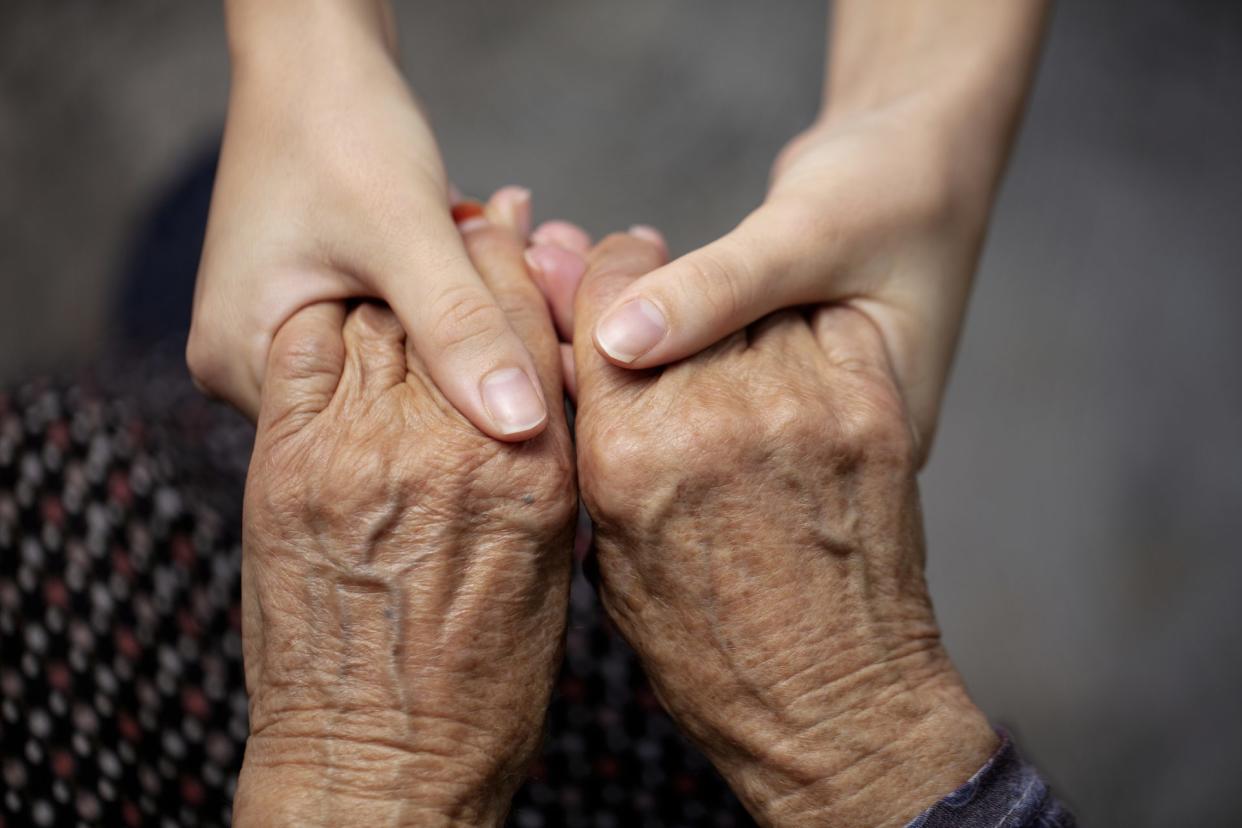Retirement Planning: Here’s How Much Money You Actually Need To Age in Place

Many seniors are increasingly opting to “age in place” — meaning that these older individuals choose to continue to live in the homes in which they raised their families, rather than downsizing or moving to retirement communities, for instance.
Yet, while this aging-in-place trend has become very attractive for many Americans — this option can also be difficult to many.
Explore More: Social Security 2024: 6 Changes That Impact Your Benefits
Read Next: 4 Genius Things All Wealthy People Do With Their Money
Increase in Seniors Wanting To Age in Place
Indeed, 77% of adults 50 and older want to age in place in their homes, according to AARP. At the same time, 70% of seniors will require some aid to be able to do so, Samara Scheckler, a research associate at Harvard University’s Joint Center for Housing Studies, told MarketWatch.
“People want to live in their home for independence, but they still need resources, assistance and support to stay within those four walls,” Scheckler told MarketWatch. “Even the fit of the home is important: Does it have laundry on the main floor? A bathroom? Both parts — care and housing suitability — need to be in place. But it’s often out of economic reach for many.”
Find Out: 8 Ways Middle-Class People Become Poor in Retirement
Actual Cost of in-Home Care
Some of the costs associated with aging in place include assistance with daily activities to more advanced care, MarketWatch explained. And the average cost of a home-care aide is $27 an hour, it noted.
And according to Genworth’s Cost of Care report, the cost of a home health aide has increased 12.5% to an annual median cost of $61,776. As for so-called “homemaker services,” which include help with cooking and cleaning — these have increased 10.64% to an annual median cost of $59,4882, the report noted.
Supplemental Home Costs
Additional costs to consider for seniors wanting to age in place, can also include fitting houses and making some adjustments to their home, such as potential ramps, grab bars or other mobility-enhancing updates.
All in all, MarketWatch reported that with the cost of care added to housing costs — only 14% of single people 75 and older will be able to afford a daily visit.
More From GOBankingRates
This article originally appeared on GOBankingRates.com: Retirement Planning: Here’s How Much Money You Actually Need To Age in Place
